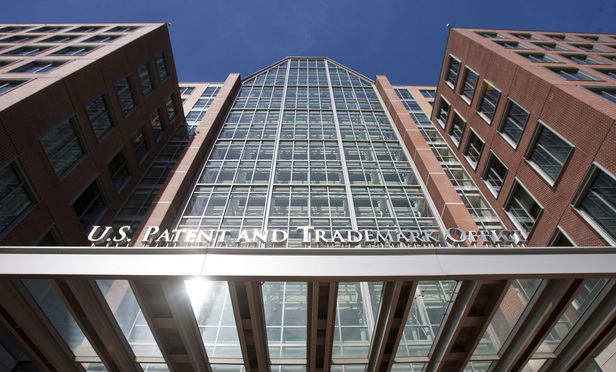After winning liability in an infringement case, a patent holder may try to include additional products made by the defendant that were not originally part of the case in the potential damages case. One way to ensure that such products do not slip through the cracks is to bring another action against the same defendant alleging infringement of the same patent by the additional products. But when a patent holder files such a subsequent case, there are two preclusion doctrines that both the patent holder and the defendant may need to take into account: claim preclusion and issue preclusion.
The plaintiff may be able to use issue preclusion to avoid having to prove that the additional products infringe the patents at issue. Conversely, the defendant might be able to use claim preclusion to bar the plaintiff from relitigating claims that were already decided in the prior litigation, including the infringement liability of the additional products. These opposing outcomes can lead to a significant tension between the two doctrines, which can be especially tricky to navigate due to a shared requirement of product similarity.
This content has been archived. It is available through our partners, LexisNexis® and Bloomberg Law.
To view this content, please continue to their sites.
Not a Lexis Subscriber?
Subscribe Now
Not a Bloomberg Law Subscriber?
Subscribe Now
LexisNexis® and Bloomberg Law are third party online distributors of the broad collection of current and archived versions of ALM's legal news publications. LexisNexis® and Bloomberg Law customers are able to access and use ALM's content, including content from the National Law Journal, The American Lawyer, Legaltech News, The New York Law Journal, and Corporate Counsel, as well as other sources of legal information.
For questions call 1-877-256-2472 or contact us at [email protected]






